Latest news and views
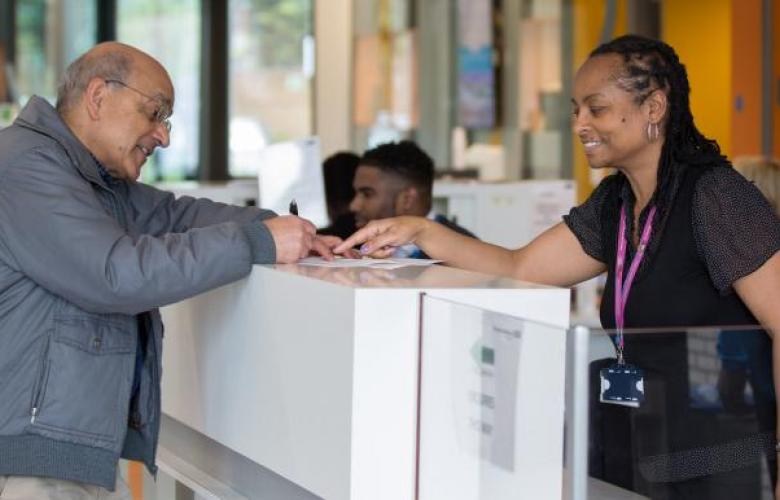
Deaf and hard of hearing people's healthcare experiences
It's important that deaf and hard-of-hearing people can get information in an accessible way. But feedback suggests not all services are complying with key legislation.
Blog
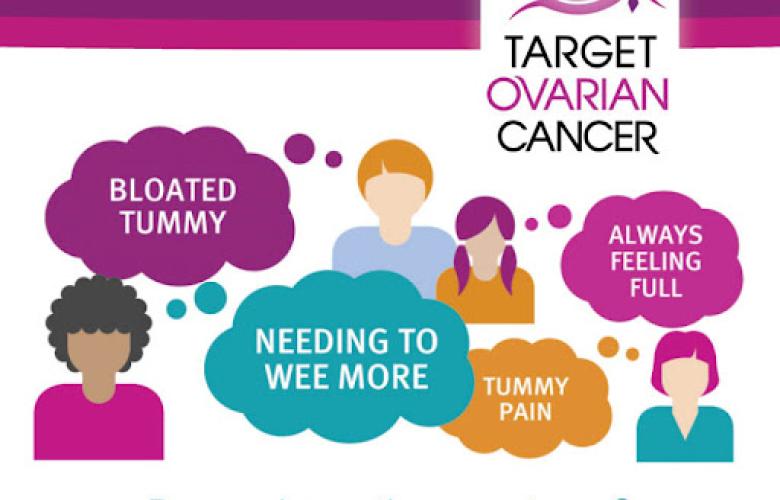
Ovarian Cancer Awareness Month
Every March is Ovarian Cancer Awareness Month, a chance to put ovarian cancer in the spotlight.
In the UK, over 7,000 women are diagnosed with ovarian cancer every year. Two thirds of women are diagnosed with ovarian cancer too late when…
In the UK, over 7,000 women are diagnosed with ovarian cancer every year. Two thirds of women are diagnosed with ovarian cancer too late when…
News
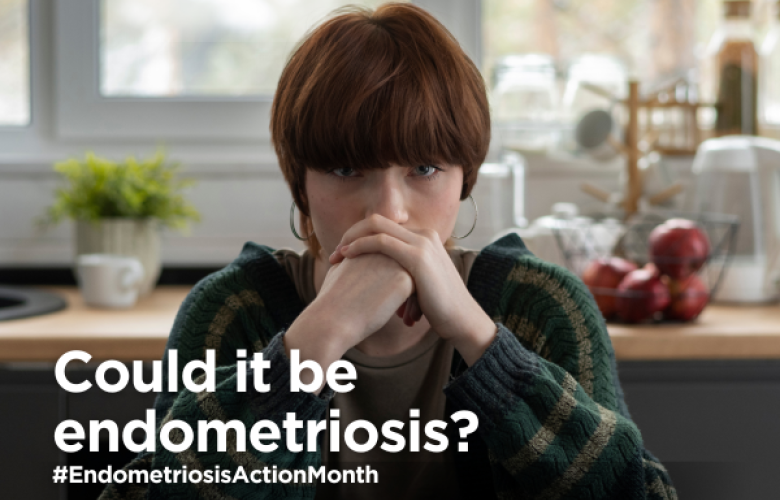
Years of being “dismissed, ignored and belittled”: Endometriosis UK urges improvement to deteriorating diagnosis times .
Getting a diagnosis for endometriosis now takes almost a year longer than before the pandemic, according to new research published by the charity Endometriosis UK during Endometriosis Action Month 2024 (March).
A new study shows that…
A new study shows that…
News

Share your feedback to improve care in your community
‘Share for Better Care’, a new campaign launched by Healthwatch and the Care Quality Commission, addresses health inequalities across England.
News
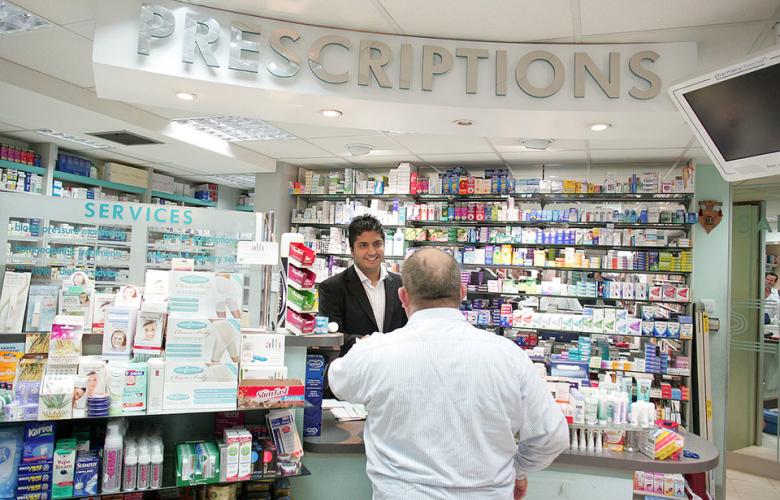
Visit your local pharmacy first for seven minor conditions
From 31 January, people across Cheshire & Merseyside can pop down to their local pharmacy for help with seven minor conditions which would previously have required a GP appointment.
News

Children's Mental Health Week 2024
Help give a voice to children and young people across the UK in Children’s Mental Health Week, from 5-11 February 2024.
Children's Mental Health Week is a mental health awareness week that empowers, equips and gives a voice to all children…
Children's Mental Health Week is a mental health awareness week that empowers, equips and gives a voice to all children…
News
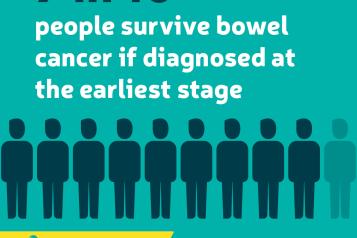
Bowel Cancer Awareness Month
April is Bowel Cancer Awareness Month, a fantastic annual opportunity to raise awareness of bowel cancer.
The earlier bowel cancer is…
The earlier bowel cancer is…
News
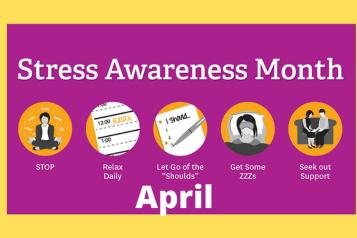
Stress Awareness Month 2024
The theme of this years Stress Awareness Month is #LittleByLittle and highlights the transformative impact of consistent, small positive actions on…
News
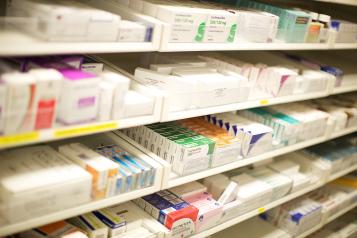
NHS Prescription charges from 1 May 2024
The Department of Health and Social Care has announced that NHS prescription charges will increase on 1 May 2024.
News
Latest reports and publication
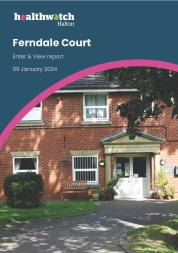
Ferndale Court - January 2024
Report on our visit to Ferndale Court on 9 January 2024.
Find out more
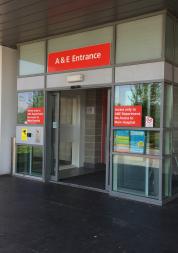
Whiston Hospital A&E Listening Event - 13 December 2023
On 13th December 2023, Healthwatch Halton and Healthwatch Knowsley visited the A&E department at Whiston Hospital to gain experiences of patients and understand why they attended and how they thought services could be improved.
Find out more
Sign up to our news alerts
Stay up to date with what people are telling us about health and social care, our advice and information, and latest reports.